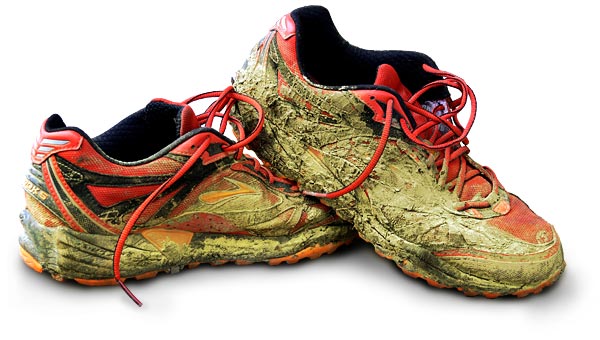The Yellow Menace

Spring in South Carolina brings with it an airborne menace. You can taste it in your mouth, feel it in your eyes and see it all over your clothes. It’s pollen; a fine yellow dust thrown into the air by the superabundant pine trees.
The pine is a wind pollinated conifer. The yellow pollen is its male seed, set aloft in search of other alluring conifers to consummate the secret process you giggled about in 4th grade health class. When this pollen is released, the entire South is shrouded in a yellow miasma. You can literally see vast pollen clouds sweeping across the landscape as if from some bizarre late night horror flick: Killer Pollen 2. It’s our own annual chartreuse dustbowl. And this year, it’s been worse than ever.
According to the Allergic Disease and Asthma Center, the pollen count in South Carolina hit an astonishing 4,862 parts per cubic meter last week. Anything from 90 to 1,500 ppm³ is rated “extremely high.†It’s one of the worst allergy seasons on record. But it could be worse. Atlanta hit 5499 ppm³ last week: the pollen apocalypse.
In a cruelly ironic twist, pine pollen prevents Southerners from fully enjoying the mild spring weather. Spring lasts all of 3 weeks in South Carolina, so this is a big deal. Whereas the fresh air of early March would enliven any home, open windows simply invite interior pollination. And so windows remain closed. When the pollen finally relents, it’s too hot for fresh air, and time for the air conditioning to earn its keep.
Outside, pine pollen covers everything. The stuff is ubiquitous. A momentary excursion out of doors risks exposure. If you remain outside for any length of time, you’ll be visibly coated in the stuff. This of course poses a problem for runners, who routinely spend hours outside breathing heavily. The stuff gets in your throat, makes you exceedingly thirsty, and tastes just awful. Ever get really sick and hack up miserable yellow/green mucus? Yeah, you get the idea.
But you’ve not really experienced pine tree pollen until you’ve seen it through a headlamp on a pre-dawn trail run. You can almost count the thousands of individual pollen particles you’re ingesting. It’s much like a heavy fog if the fog were made up of dusty flaxen allergens instead of water vapor. Delicious.
Lack of rain is blamed for the horrid pollen this year. Rain pelts pollen from trees and mercifully scrubs it out of the air. This transforms the pervasive yellow dust into ghastly yellow paste: the gunky substance that attaches itself to my Brooks Cascadia trail shoes.
Despite all this, I haven’t altered my running schedule. I prefer the unpleasantness of the yellow scourge to the mind-numbing indoor alternative. I enjoy a heavy dose of yellow haze every day because I am allergic to tread mills not pine tree pollen.
I’m one of the lucky ones.



April 6th, 2007 at 12:23 pm
All I can say is thank goodness for claritin and albuterol. And even with that, I’m still gasping like a fish out of water. At the end of a run, it feels, to me, like I’ve eaten a handful fo sawdust.
April 8th, 2007 at 7:14 am
What’s the carbo count in pollen? Is it possilbly a form of Glycogen?
April 19th, 2007 at 10:55 am
I’m not sure of the precise nutritional value of pine tree pollen. But if, in considerable volume, it’s good for you, cures cancer, or prevents lazy eye, then I am among the healthiest people on earth.
– Dean